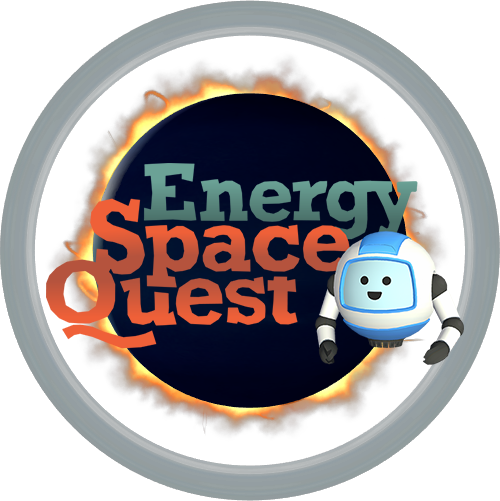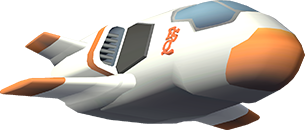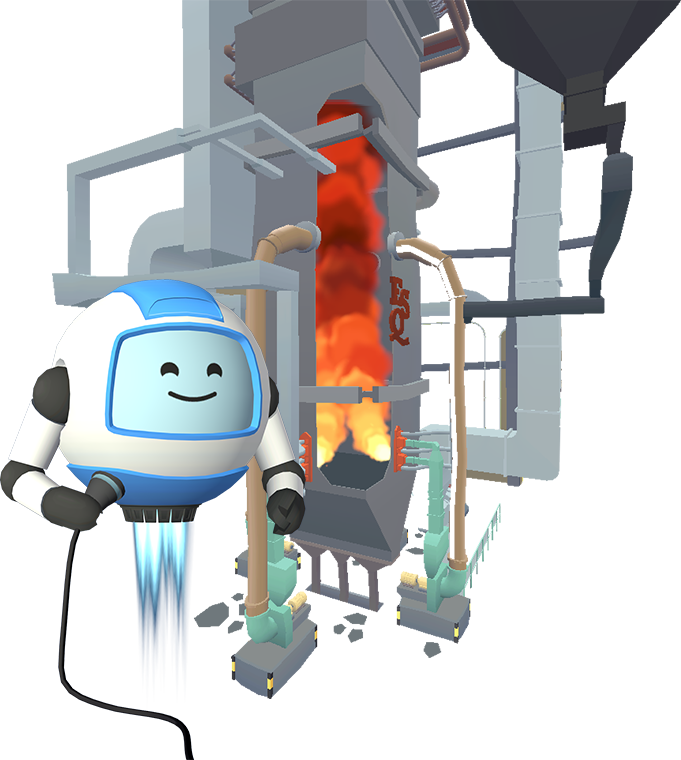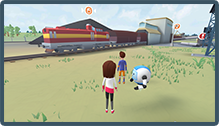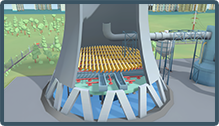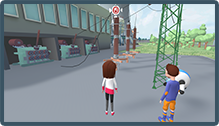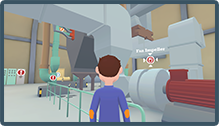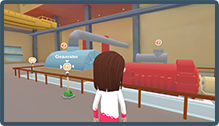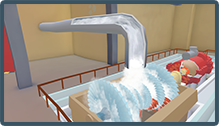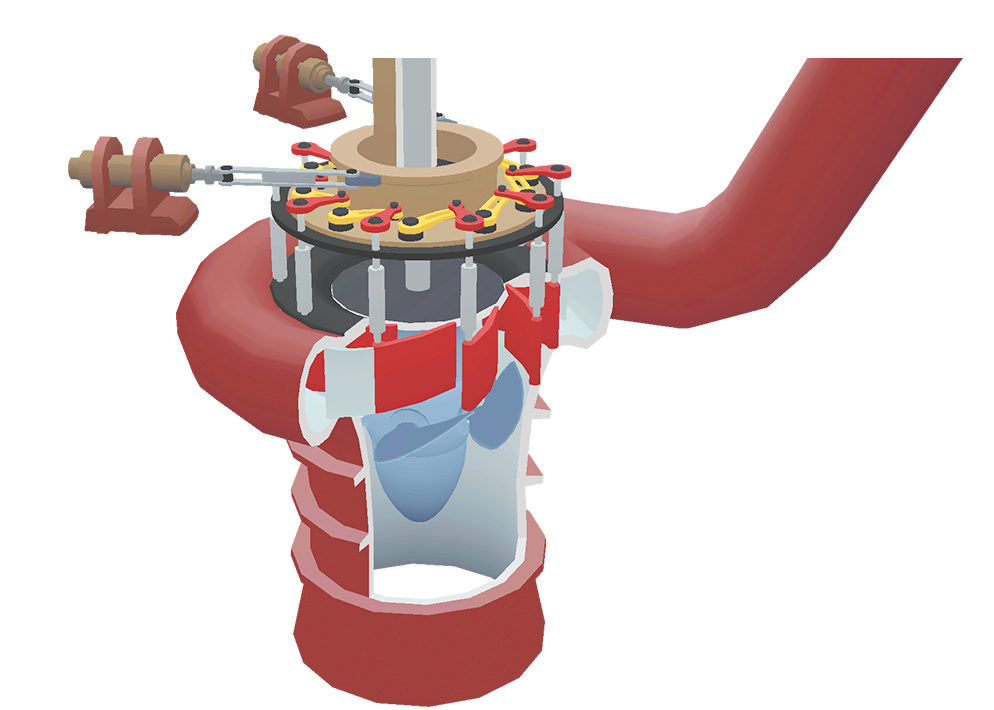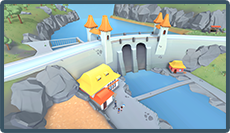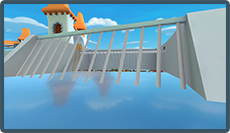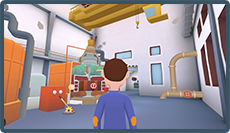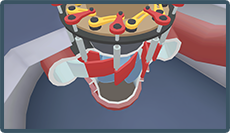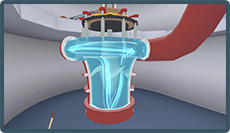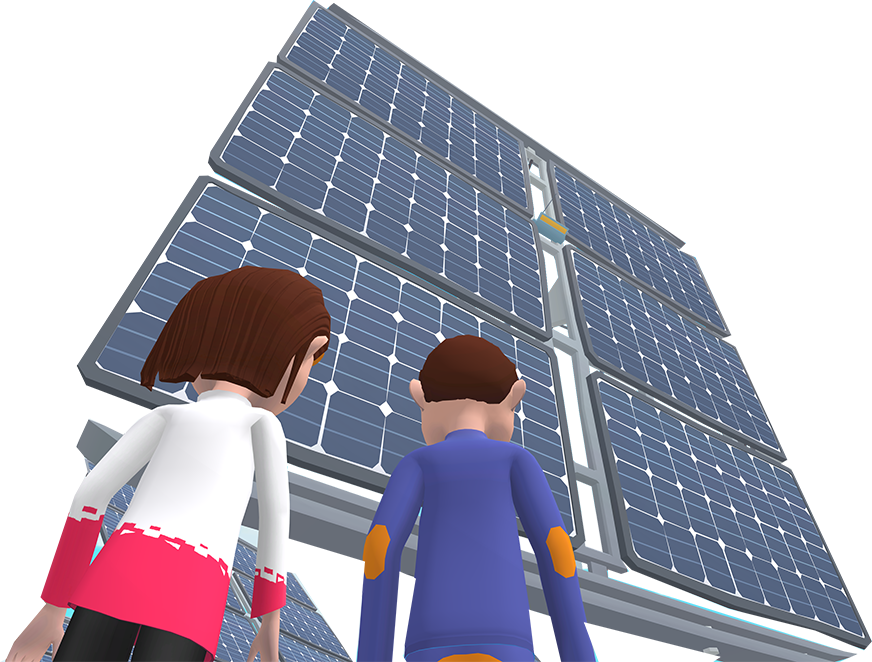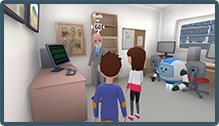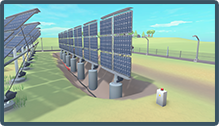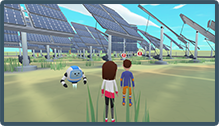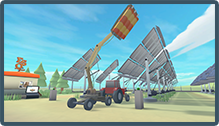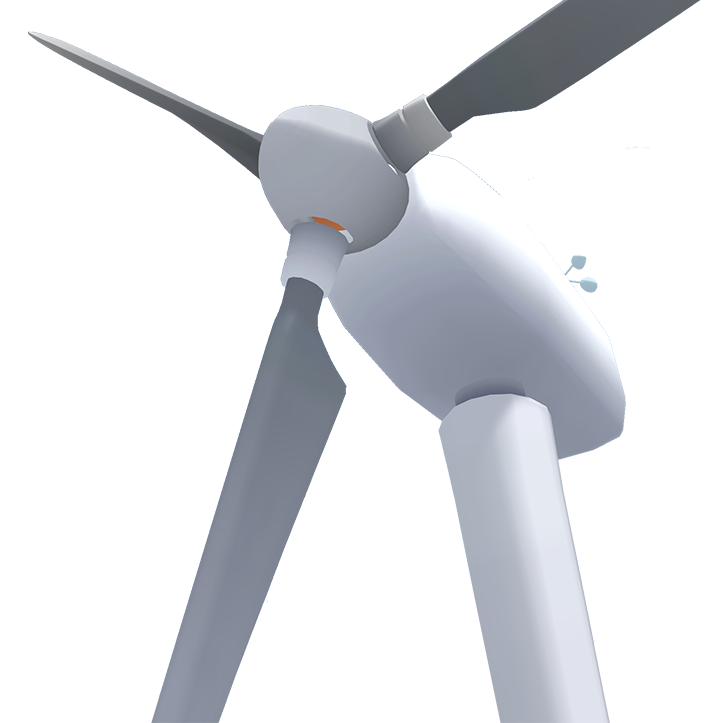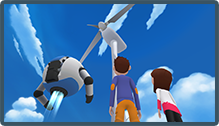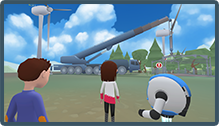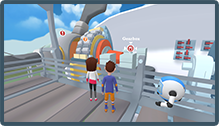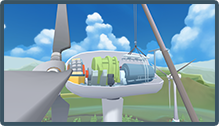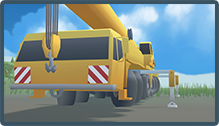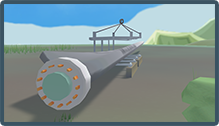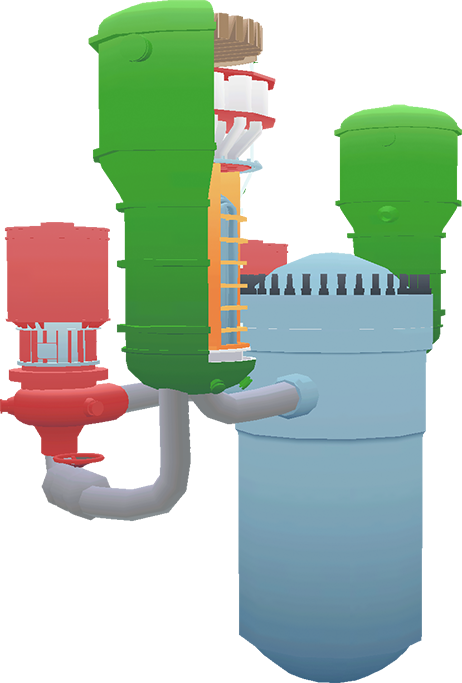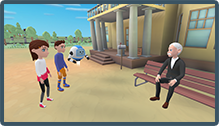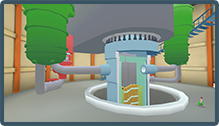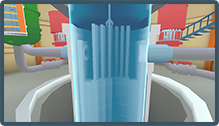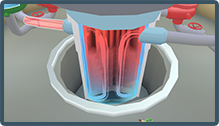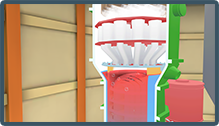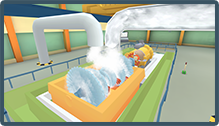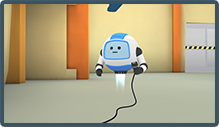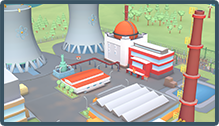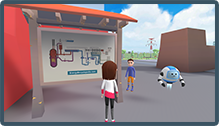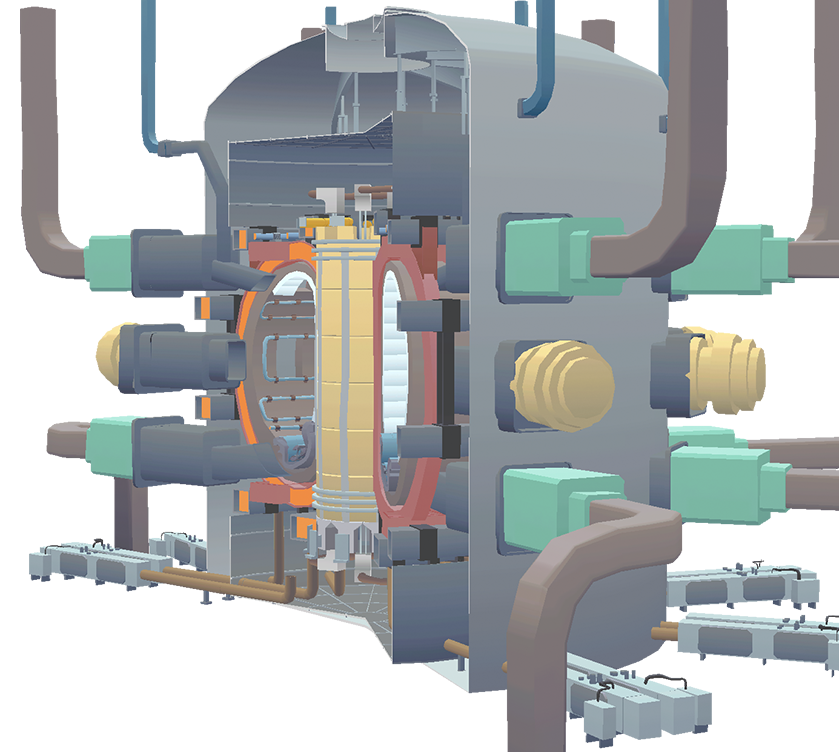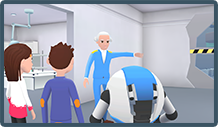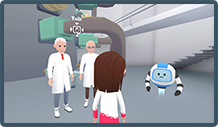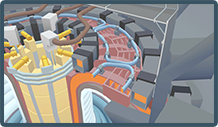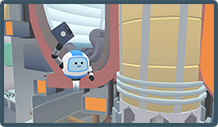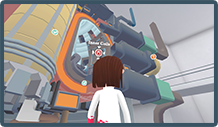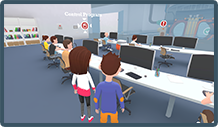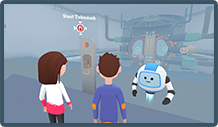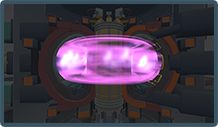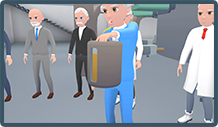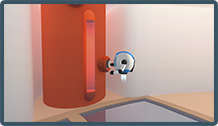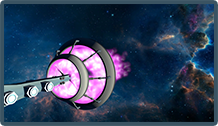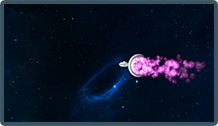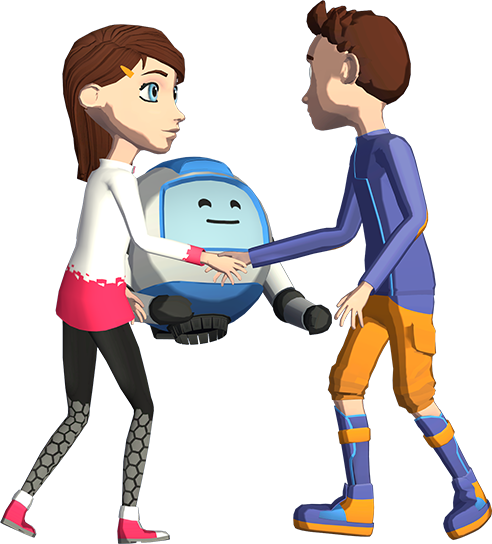
Gain enough energy to save the Arcadian solar discovery tour!
Free online adventure game will teach kids the basic principles of ways to produce electric energy.
A space exploration mission from another galaxy turns into an attempt to harness human knowledge so the crew can return home. Stevie, Sky, and Robbie fly to the Solar System on a sightseeing tour and are forced to land on Earth after an accident. In a spaceship low battery, they set out to find fuel (tritium) for the ship's fusion reactor.
But they barely find enough energy in the power plants to recharge their spaceship. They are not even sure that people already know about atomic energy. In the final scene, they help the researchers ignite a burning nuclear fusion reaction that can produce enough tritium for their return home.
What will children learn?
1) The Sun
and thermonuclear fusion
This star can directly convert 4 million tons of matter into energy every second. It simply radiates energy into space in the form of heat, light, and other types of radiation. Only 0.45 billionths of this falls on planet Earth. Despite this, the Sun is responsible for the majority of all energy that people use today.
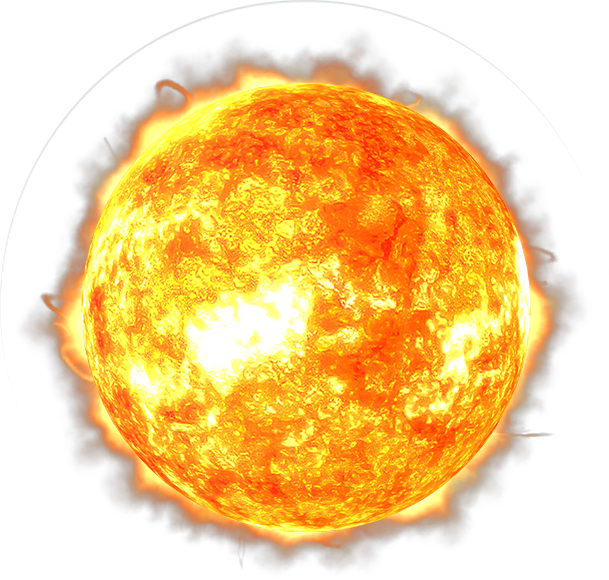
2) Planet Earth
in a solar system context
The age and geological composition of the Earth, the origin and development of life, the Earth's atmosphere, and the state of water are necessary conditions for life. Earth's size compared to other planets and distance from the Sun.
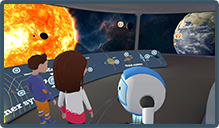
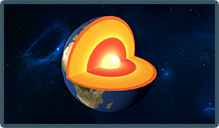
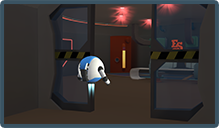
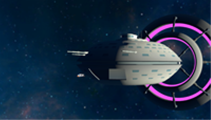

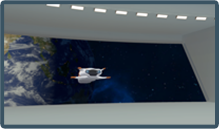

3) Mankind and electric energy
What does electrical energy mean to mankind? What do they know about its production methods and what will its production look like in the future? Children gradually become familiar with the basic sources of electricity production.
3) Mankind and electric energy
What does electrical energy mean to mankind? What do they know about its production methods and what will its production look like in the future? Children gradually become familiar with the basic sources of electricity production.



